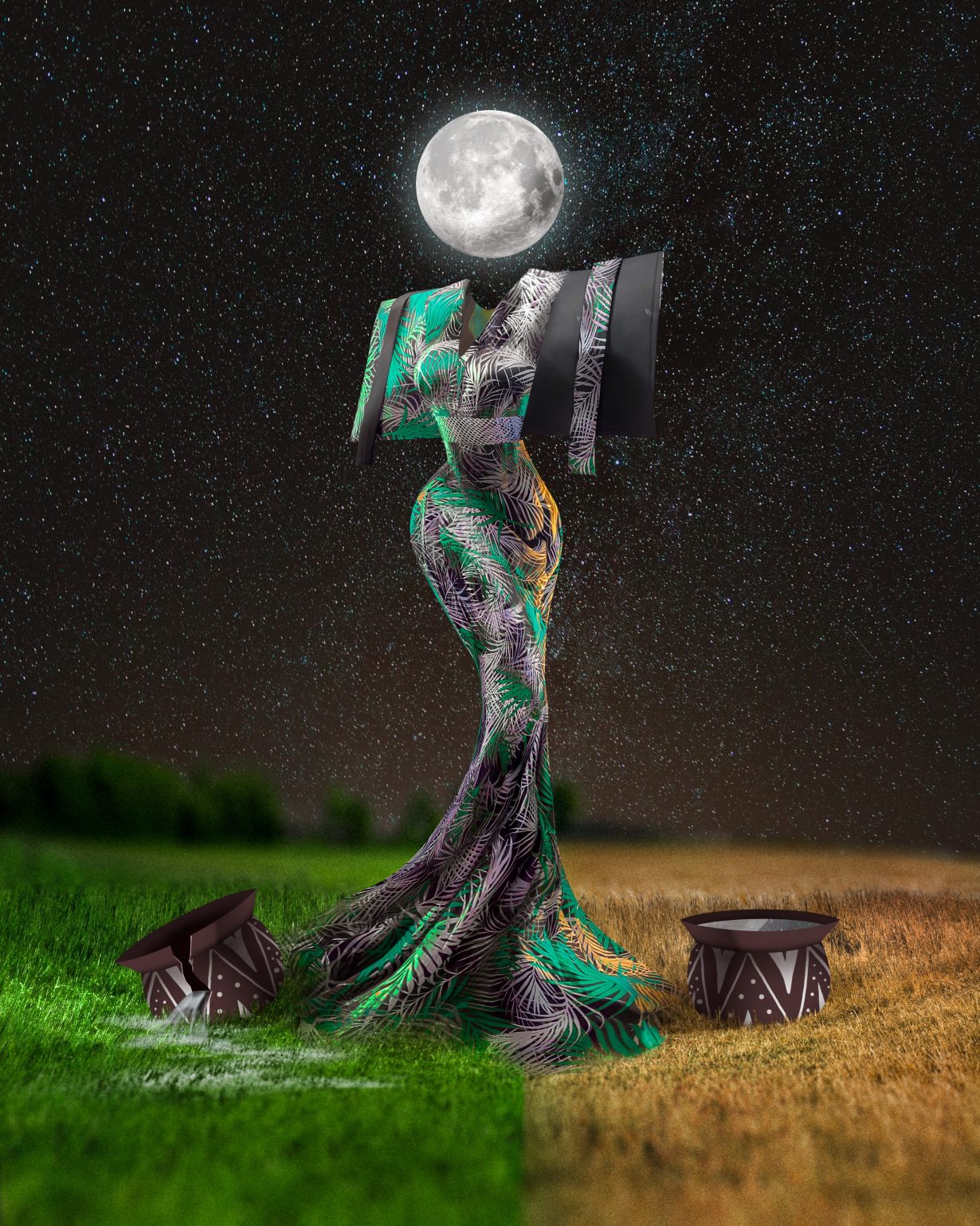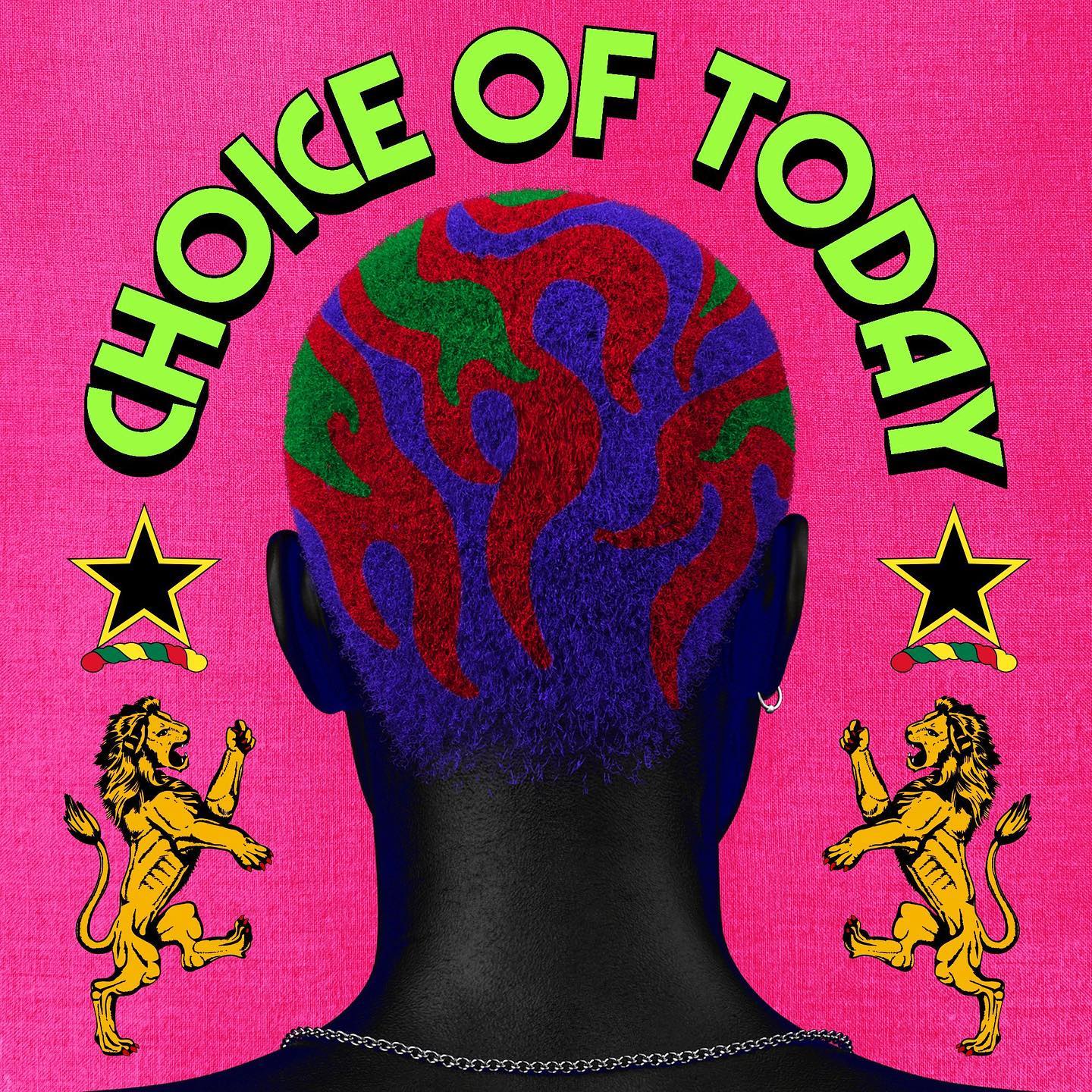How a generation of Nigerian artists came to find hope in crypto art
Let’s set the scene: it’s 2020, the end of a culturally significant decade in Nigeria; the previous year saw Nigerian youth take to the streets en masse to protest against police violence in Lagos and every major city in the country – a movement that grew from Nigerian cities and expanded worldwide, from the United States to the United Kingdom, in a testament to how large the Nigerian diaspora is. This global attention for the #EndSARS movement (the hashtag calling for the disbanding of the Special Anti-Robbery Squad) alarmed the Nigerian government, leading to several restrictions: curfews first, then embargos on bank accounts that had been used to receive donations to fuel the movement. This is when cryptocurrency came in. Leveraging its decentralised nature, many Nigerian technocrats made it possible for international supporters to donate to the cause using bitcoin. In Nigeria, at least for a while, cryptocurrency became the currency of the free.
In 2020, government policies made it impossible for the average Nigerian to get paid directly by international organisations. Services like Wise (then known as Transferwise) became impossible to access, causing even greater dependence on cryptocurrency transactions to move money and introducing more Nigerians to the utility of cryptocurrency. While eventually the government would place a ban on bitcoin transactions, bitcoin and cryptocurrency at large remain too decentralised to be entirely restricted by these laws. And so bitcoin became a symbol of liberation from a government that was placing a ban on everything.
It seemed to mark progress for young Nigerians, especially young artists. When paired with an ever-declining naira, fast-rising dollar and unemployment numbers skyrocketing every month, it is not hard to see how quickly many young artists saw NFTs as not just a way to build a career or connect with a larger international community but also, put frankly, as a way to make money. Culture journalist Nelson C.J. emphasises this point, noting: “I think the money was one thing, if we are being fair, as it was for others around the world, but also the ease with which anyone could post their art and get ridiculously rich from it.” He adds: “I think Nigerian artists were quick to adopt NFTs because they found a platform that didn’t make them feel small. With NFTs, your collectors are collecting your work directly from you, instead of through the middleman who often rips the traditional artist of his benefits. Also there’s often a long line of royalties, for each time a collector sells your art, you get royalties, and that’s not something you always see in the traditional world. With NFTs, digital artists are seen and not taken for granted.”

The average Nigerian’s relationship with cryptocurrency largely started with it being used as a tool for liberation. This is a point C.J., who actively covered the #ENDSARS movement and its wider cultural impact, shares in a conversation: “Nigerians, myself included, definitely felt more confident in cryptocurrency as a form of payment, and I think that confidence may have trickled down to artists during the NFT wave. … People saw the amount that was raised, saw its potential for decentralized payment but then the NFT craze had its appeal.”
When I ask creative technologist Niyi Okeowo if the use of bitcoin inspired the early adoption of NFTs by Nigerians, he agrees: “I also think because the first people to adopt NFTs were in some sense heads of their respective communities, it was a no-brainer for the rest of the community to get on board, like a sort of validation from the people who have been making digital art longer.” Okeowo is chief design officer at Thrill Digital, where he is building Astraverse, a metaverse experience introducing a new way to shop and play in virtual reality using an avatar to receive outfits the user purchased in the metaverse in real life. “A lot of Nigerian digital artists feel like the traditional world hasn’t really looked out for them in some sense and NFTs gave a spotlight to those creatives, it felt like a new ecosystem where digital artists could create, share and make a profit off their work in real-time, also the decentralization that came with NFTs gave an extra layer of transparency for these artists.”
While it’s hard to determine whether the relationship between #EndSARS and the NFT craze in Nigeria is one of correlation or causation, one thing is clear: for many Nigerian digital artists, NFTs were supposed to be liberating for artists. Twenty-two-year-old Freddie Jacob, who first got into digital art in 2020, says, “I know a good number of Nigerian digital artists adopted the technology because of how liberating it felt. It was like one place where you could put a spotlight on your digital art and make sales from it. Compared to the little appreciation for digital art in the country.”

Despite the boost in profile and success that NFTs and digital art have given to the Nigerian art community, digital artists still report feeling underrated, especially by traditional galleries and gallerists who don’t value their medium, exclude them from the conversation and routinely discount their success as just a fleeting trend. “We’re yet to get to that part where digital artists are awarded the same respect as the traditional artists are,” Izu Udokwu, another Nigerian NFT artist, noted. “It’s a good thing gallerists are opening up to digital creators, even though I think it has to do with the successes of some digital artists over these past few years of NFT presence. In the next five years, we’re going to have more digital artists in Africa, but what we most need in Africa are more NFT collectors who are purchasing art for the beauty and story, not because they want to just flip it immediately and make more money.”
The global future of NFTs is uncertain. In 2023, the NFT market was experiencing a downturn marked by a decline in sales and item prices which stood in stark contrast to its fast growth the years before. The peak of NFT sales saw works like Beeple’s Everydays: The First 5000 Days (2021) sell for an industry high of $69 million, further propelling NFTs into the mainstream. Recently, however, the total NFT market trading volume fell from $10.7 billion in the last quarter of 2022 to $4.7 billion in the first quarter of 2023 – a staggering 53 per cent drop, according to a DappRadar report. But for Nigerians, NFTs mean more than just the numbers. NFTs become a leveller of the global art scene in a way that serves artists who are marginalised and not provided industry support. With some tweaks, NFTs might yet serve as a pathway to a more diverse art industry.
Vincent Desmond is a Nigerian writer and researcher whose work explores where culture, art, and identity meet. His writing has appeared in American Vogue, British Vogue, Rolling Stone, Billboard, ELLE and The Guardian.
